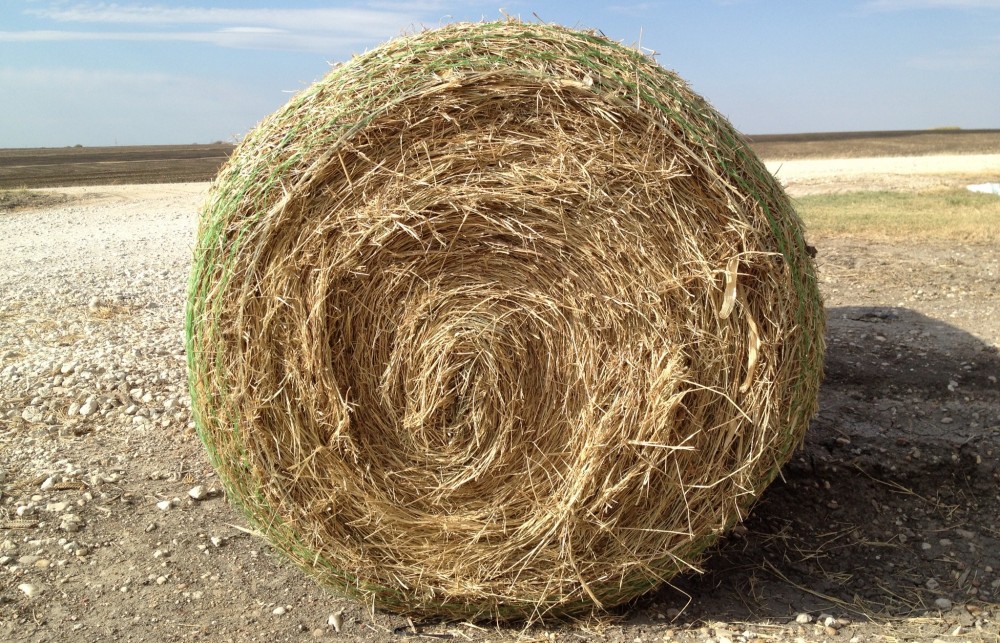A glorious “only 1 more day” to you before Mary appears in her new story!
People are fascinated with numbers. So fascinated, that they sometimes invent them. A hoax circulated on the Internet yesterday that 7 11 2012 was the date in the Back to the Future II (1989) sequel when Marty McFly flew to the future in Dr. Emmett L. Brown’s very souped-up Delorean car/time-machine. All three movies are worth the watch, but if you check that timepiece in the car from Movie 2, the actual date was 10 21 2015.
At this point, I can’t resist a plug for the Sieve of Eratosthenes. Eratosthenes was a Greek mathematician born in 276 BC. He was the third chief librarian of the Great Library of Alexandria. And, he liked to sort, or sieve, things. His sieve of numbers is a way to identify all the prime numbers. A prime number is a number which is only divisible by the number 1 and itself (“1”, as the very first number and the start of it all, is so special that it is considered much more than a prime number). The neat thing about prime numbers is that there is no known equation or formula to calculate them. You have to sort them by brute force (not me, someone on the Internet used the phrase “brute force”), using a procedure, or algorithm, like Eratosthenes’ sieve, as opposed to an equation or formula.
This how Eratosthenes did it and you can too.
You start with a list of numbers (as many as you want, but let’s use 1-100 to start). Cross out 1 because it is not a prime number, next circle 2 (this is the first prime number) and cross out all remaining numbers on the list that can be divided by 2 which are all the even or whole numbers so you are left with only odd numbers (yes, prime numbers are all odd except 2 – one commenter referred to them as “meddlesome troublemakers”), next circle 3 as the second prime number and cross out all remaining numbers that can be divided by 3 (you now have 2 and 3 as prime numbers), the next remaining number not crossed out is 5 so circle it as prime and cross out all numbers divisible by 5 that have not already been crossed out (you now have 2, 3 and 5 as prime numbers), the next number not crossed out is 7 so circle it as prime and knock out all numbers divisible by 7 that haven’t been X’d out yet. At this point, for 1-100, you have beaten out by brute force that 2, 3, 5 & 7 are prime numbers. To find more numbers, you add more numbers in the sequence, say 1-500, and keep going — you can go four more steps and find that 11, 13, 17 and 19 are also primes. Keep going if you want to find all primes, but it will take all time. Don’t worry, there are algorithms on the Internet that have already identified primes quite a way up there.
Whew! At this point, I think you can see that Eratosthenes was a very persistent guy.
Why, primes, you ask? As you have just seen, the simple answer is that they are difficult to find. You can only find a prime in one direction – you can’t back track easily. And, it is difficult to use or manipulate a prime – they are only divisible by one and themselves. So, if you want to hide things and make it difficult to find them, you may be able to hide them in prime numbers and programs or codes that use prime numbers. Also, if you have a lot of computing power and an Eratosthenes persistence, you might be able to use a prime approach to develop a unique way to sort through an incredible jumble of data by using little prime windows to look and move things with similar properties. Don’t tell anyone, but this might be what your Internet search engine just did. Shhhh, now, we don’t want this to get out.
We do want the next Mary story to get out. She should arrive tomorrow morning, right here, in just 1 day – a unique number “1” for a unique lady and her very special story. Don’t miss it.
See you tomorrow,
Grandpa Jim
PS: I love it that my 7 & 17 and Mary’s 13 (for tomorrow’s date) are Eratosthenes prime numbers. All together, the three numbers add to 37, which is another prime number. I view this as a propitious and favorable numerical conjunction or alignment, and I hope you will too.
PPS: And, 7 & 11 from yesterday’s post are also prime numbers, and the granddaughters of those ages heard the first storytold version of tomorrow’s story. It’s getting even better.
